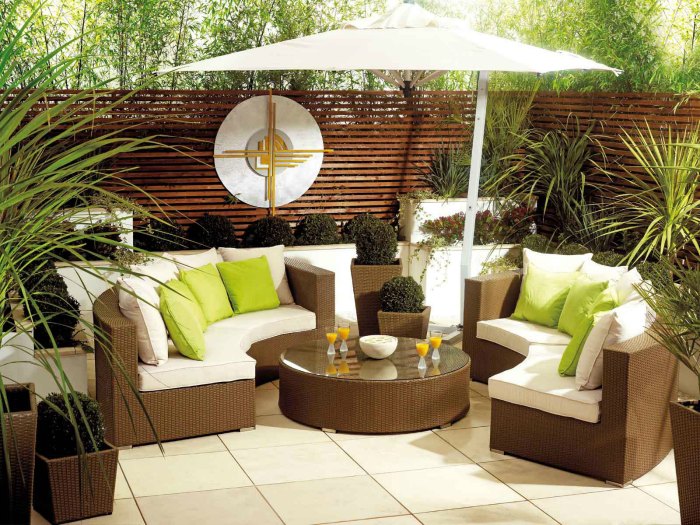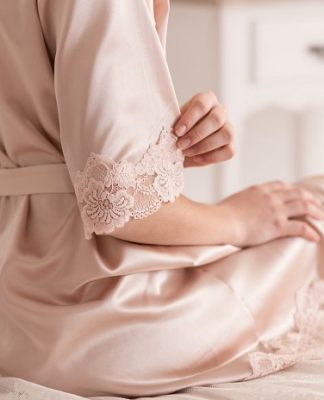Our backyards are often full of life and activity, from children playing to barbeques with friends and family. While we may not always have enough time to spend tending to our gardens, especially in the busy summer months, we can always do a quick watering session with the help of our trusty garden hose.
Nowadays, these invaluable tools are available in many styles, colours and sizes. Plus, some designs are kink-resistant or offer microbial protection. They also come with additional features such as a water-flow control valve and easily change nozzles, which makes the right selection a daunting task.
Materials

With that being said, make gardening a breeze by eliminating the most common watering hassles with a flexible and long-lasting garden hose to accommodate your needs. However, not all models are created equal since they can vary in terms of materials.
Vinyl is an affordable and lightweight alternative and easy to handle as well. But, even within this material alternative, there are options. You can choose between affordable and pricier vinyl hoses. Lower-quality vinyl may not last very long, so it’s preferable to go for the higher-quality types. Premium vinyl hoses are kink-resistant and much more durable than their affordable counterparts. They are less flexible and don’t kink as easily as rubber ones.
Rubber hoses are renowned for being flexible and long-lasting. Rubber is quite a strong and easy material option for many homeowners to move around their gardens and houses. It doesn’t crack in cold weather and can withstand higher water pressure despite being heavier than other models.
Although less well-known than their rubber or vinyl equivalents, plastic hoses are an equally valuable option. They are typically adaptable, affordable, and safe for drinking water. The reinforced varieties are robust and resistant to kinking. Boats and RVs frequently use plastic hoses.
Hoses made of reinforced vinyl are reasonably priced, lightweight, and manageable. Rubberized hoses and hoses reinforced with rubber possess greater durability and weight. All in all, reinforced hoses are less prone to kink or burst and can withstand temperature fluctuations better.
Types
Besides the material, another great aspect to think about when buying is the type of garden hose you will need. Luckily, there is a vast array of options available, so you won’t have any difficulties finding the ideal one.
Sprinkler hoses include openings on one side that allow the water to softly spray upwards; they are intended for usage on the ground. Sprinkler designs are very useful power tools for your garden, as they eliminate the need to buy an additional sprinkler attachment.
Since it is porous, a soaker hose can be buried beneath a layer of mulch. Little amounts of water are wasted when the hose leaks into your flower bed or garden. It can provide deep hydration because the water from a soaker hose soaks into the ground directly rather than splashing upward.
Commercial types, on the other hand, are made for heavy-duty, continuous use with hot water. Run-of-the-mill garden hoses should always be used with ambient water temperatures, so hot water should be reserved for hoses that are specifically designed for hot water use.
Sizes

The size refers to the diameter your hose comes with. The size is another great thing to look after as purchasing a hose in the wrong size means that your water pressure may be insufficient to complete the task.
In this regard, the amount of water pressure your hose produces might vary significantly depending on whether it is a 5/8″ or 3/4″ design. And, if you plan to use your hose for outside cleaning tasks, you will also have to think about its pressure. However, for basic watering and other uses, a hose with a diameter of around 1.30cm might work well; but, to clear the driveway or cover a greater area, you might need a conventional hose for gardening with a larger diameter.
Lengths
Your own needs should dictate the length of the hose you choose. They normally come in 8, 15, and 30-metre lengths, but there may be some variation depending on the manufacturer. Selecting an excessively short hose can keep you from obtaining the necessary coverage. Choosing a hose that is too lengthy can be frustrating, particularly when attempting to manoeuvre in small spaces.
A shorter length is great for watering plants in containers or filling pet dishes. It also works well when you have a small coverage area and don’t need a lot of pressure. However, for cleaning tasks and bigger areas, you will need a longer hose.
Accessories and Attachments
The selection of couplings, attachments, and accessories for hoses for gardening is astounding, and so is the range of costs, features, and quality. Couplings, also known as fittings, are what join your hose to other accessories and the spigot or outdoor faucet. They are composed of plastic, aluminium, and brass. The priciest option is brass, which is also said to have the finest lifespan and performance. The least expensive and least resilient option is plastic.
Every gardening hose needs a nozzle. It can be adjusted to provide a wide, gentle spray that is ideal for watering a big area of delicate plants, or it can be used to produce a pistol-like stream of water for cleaning. Nozzles can be made of metal, plastic, or a combination of the two, just like couplings. Metal nozzles are heavier, more durable, and less likely to break than any other alternative.
A reel can prolong the life of your hose by protecting it from the sun and other outdoor elements. The reels also aid in reducing the likelihood of tripping or accidentally running over the hose with a lawnmower. If you’re in the market for a portable model or one that can be securely installed on a wall, there is a vast selection of practical and visually appealing designs to choose from.















